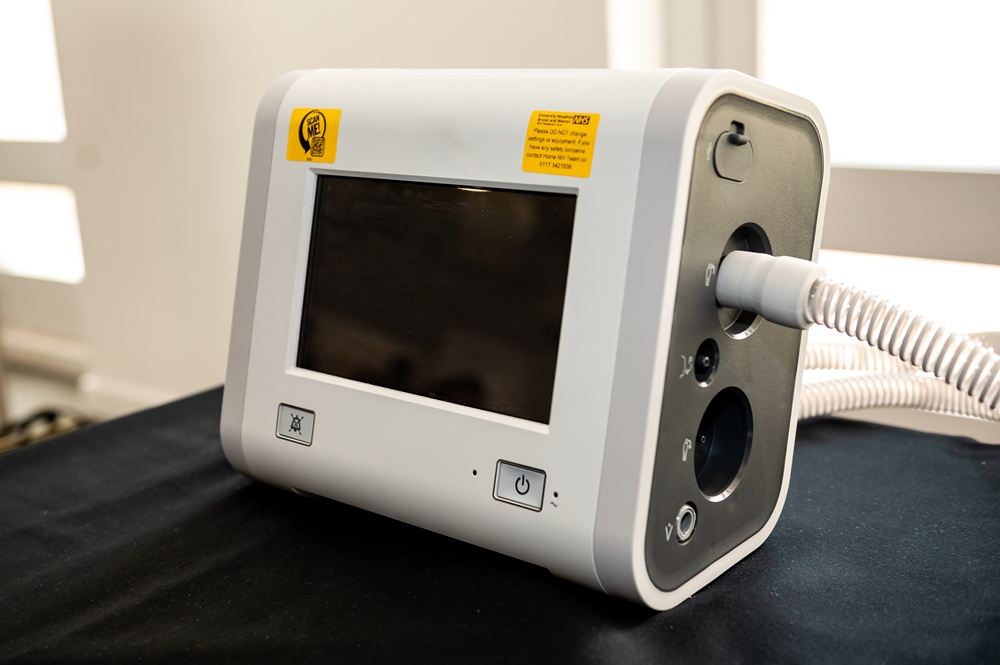
Asthma
BTS/NICE/SIGN Joint Guideline on Asthma: Diagnosis, Monitoring and Chronic Asthma Management
Links
- BTS/NICE/SIGN Joint Guideline on Asthma: diagnosis, monitoring and chronic asthma management
- Asthma pathway - Right Decision Service (BTS, NICE, SIGN) [SIGN 244]
- Asthma pathway - NICE (BTS, NICE, SIGN) [NICE NG244]
- BTS/NICE/SIGN Joint Guideline on Asthma - summary slide pack (adult and CYP patients)
- The BTS Asthma 4: asthma attack care bundle
BTS/NICE/SIGN Joint Guideline on Asthma: diagnosis, monitoring and chronic asthma management
The British Thoracic Society (BTS), National Institute for Health and Care Excellence (NICE) and Scottish Intercollegiate Guidelines Network (SIGN), have produced a joint guideline on the diagnosis, monitoring and management of chronic asthma. The guideline can be accessed via this link: Joint Guideline on Diagnosis, Monitoring and Management of Chronic Asthma NG245
A session on the new Guideline was presented at the BTS Winter Meeting on 28 November 2024.
You can watch a recording of the session here
The Guideline covers diagnosing, monitoring and managing asthma in adults, young people and children. It aims to improve the accuracy of diagnosis, help people to control their asthma and reduce the risk of asthma attacks. It does not cover managing severe asthma or acute asthma attacks, however these are covered in the Asthma pathway linked below. The Guideline updates and replaces NICE Guideline 80 (published November 2017) and parts of BTS/SIGN British Guideline SIGN 158 (published July 2019).
A Joint Asthma Pathway
This pathway signposts recommendations and resources from BTS, NICE and SIGN on diagnosing, monitoring and managing asthma in adults, young people and children, bringing all the relevant guidance into one place. The pathway can be linked via Health Improvement Scotland's Right Decision Service here, or via the NICE website here.
Any queries about the BTS/NICE/SIGN Joint Guideline on Asthma: diagnosis, monitoring and chronic asthma management a should be sent to asthmaenquiries@nice.org.uk
Summary of recommendations and good practice points
Acute management for spontaneous pneumothorax
• Conservative management can be considered for the treatment of minimally symptomatic (ie, no significant pain or breathlessness and no physiological compromise) or asymptomatic primary spontaneous pneumothorax in adults regardless of size. (Conditional—by consensus)
• Ambulatory management should be considered for the initial treatment of primary spontaneous pneumothorax (PSP) in adults with good support, and in centres with available expertise and follow-up facilities. (Conditional)
• In patients not deemed suitable for conservative or ambulatory management, needle aspiration or tube drainage should be considered for the initial treatment of primary spontaneous pneumothorax in adults. (Conditional)
• Chemical pleurodesis can be considered for the prevention of recurrent of secondary spontaneous pneumothorax (SSP) in adults (eg, patients with severe chronic obstructive pulmonary disease who significantly decompensated in the presence of a pneumothorax, even during/after the first episode). (Conditional)
• Thoracic surgery can be considered for the treatment of pneumothorax in adults at initial presentation if recurrence prevention is deemed important (eg, patients presenting with tension pneumothorax, or those in high-risk occupations). (Conditional)
Good practice points
• When establishing local ambulatory treatment pathways, planning and coordination between with the emergency department, general medicine and respiratory medicine is vital.
• When performing chemical pleurodesis for the treatment of pneumothorax in adults, adequate analgesia should be provided before and after treatment.
• All treatment options should be discussed with the patient to determine their main priority, with consideration for the least invasive option.
Optimal management after the resolution of a first episode of pneumothorax
• Elective surgery may be considered for patients in whom recurrence prevention is deemed important (eg, at-risk professionals (divers, airline pilots, military personnel), or those who developed a tension pneumothorax at first episode).
• Elective surgery should be considered for patients with a second ipsilateral or first contralateral pneumothorax.
• Discharge and activity advice should be given to all patients post pneumothorax.
Guideline scope
Scope of the guideline
The guideline is specifically designed to answer important questions in the investigation and management of pleural disease in adults. Questions have been agreed by the whole guideline group. While as many important questions as possible have been included, there are areas that have not been covered. As this guideline covers four broad areas of pleural disease, the number of questions is limited by the practicalities of writing a guideline with a large scope that remains relevant and up to date at the point of publication and a workload manageable by the guideline group.
Areas not covered by the guideline
Mesothelioma has been excluded from this guideline as this is already covered in the BTS Guideline for the investigation and management of pleural mesothelioma.10 Benign (non-infectious, non-pneumothorax) pleural disease and rare pleural diseases are also excluded. Guidance on pleural interventions are covered in the BTS Clinical Statement on Pleural Procedures.
Download resources
- Tab #1
- Tab #2


